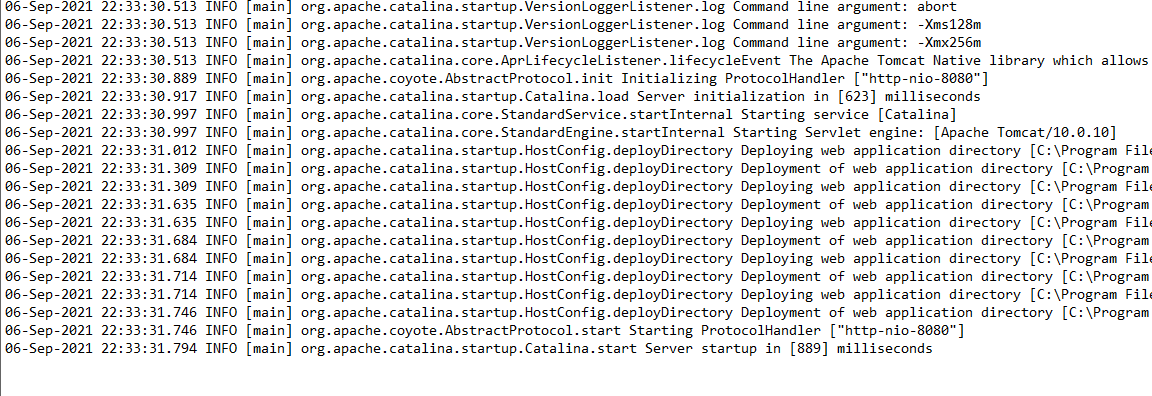
Grant write permissions on /opt/tomcat to the group (that would be 570) and set the sticky bit so that they can remove only the files they own (chmod 1570). chown all the files and directory to the webserver user, chmod all directories to 500 and all files to 400 (except in bin where the executables need to be 500 as well). In practice you need to create a group (for instance webdev) and add all developers and the server to it ( usermod -aG webdev or usermod -A webdev depending on your Linux flavor). The server (probably Set the sticky bit on the directories so that only the owner of a file can delete it. You need to follow the principle of least privilege.

The Tomcat process runs with a umask of 007 to maintain these permissions. This means that even if an attacker compromises the Tomcat process, they can't change the Tomcat configuration, deploy new web applications or modify existing web applications. The exceptions are the logs, temp and work directory that are owned by the Tomcat user rather than root. Taking the Tomcat instances at the ASF as an example (where auto-deployment is disabled and web applications are deployed as exploded directories), the standard configuration is to have all Tomcat files owned by root with group Tomcat and whilst owner has read/write privileges, group only has read and world has no permissions. For example, it should not be possible to log on remotely using the Tomcat user.įile permissions should also be suitably restricted. Create a dedicated user for the Tomcat process and provide that user with the minimum necessary permissions for the operating system. Tomcat should not be run under the root user. In your spring boot application,you can make changes like adding and removing jars,folder from embedded Tomcat server Or even adding custom config files to it using TomcatEmbeddedServletContainerFactory.class ,of spring boot.The Non-Tomcat settings section of Tomcat's security howto provides useful information on this topic. You can also check a adapter avaiable on GIT link Configure which loggers log to which appenders Log4j configuration File Matching the Default Tomcat Logging Settings: log4j.rootLogger=INFO, CATALINA Check below log4j configuration matching the default Java Logging configuration. Place this file in the CATALINA_HOME/lib directory.ĭownload Log4j (version 1.2 or later), and place the downloaded library file to CATALINA_HOME/lib directory.Ĭreate the Log4j configuration file at the following location: CATALINA_HOME/lib/log4j.properties. Place the downloaded file to CATALINA_HOME/bin directory.ĭownload Tomcat JULI adapters library (tomcat-juli-adapters.jar) from the Tomcat downloads’ Extras section.

I struggled a lot,and didnt find anything of my help.Utlimately I had build "WAR" out of my spring boot application.Deploy it to tomcat instance andįollowed below steps,which redirected all the internal tomcat logs(JULI) logs to my application log file.ĭelete existing JULI library (CATALINA_HOME/bin/tomcat-juli.jar file) and the existing Tomcat Java Logging configuration file (CATALINA_HOME/conf/logging.properties).ĭownload JULI Log4j Tomcat library (tomcat-juli.jar) from the Tomcat downloads’ Extras section ( ).


 0 kommentar(er)
0 kommentar(er)
